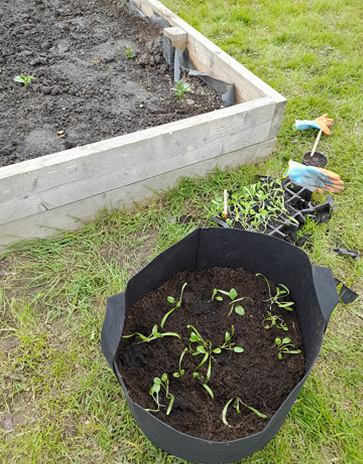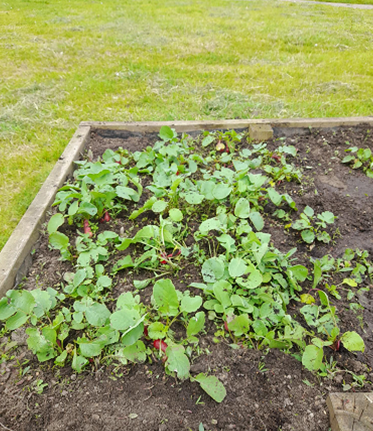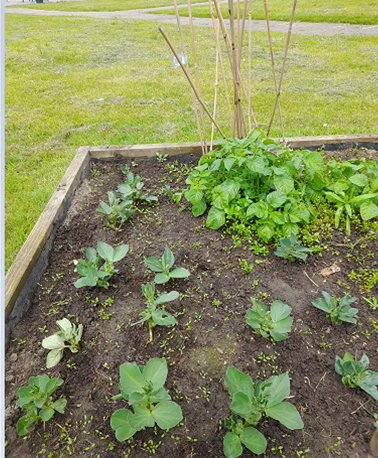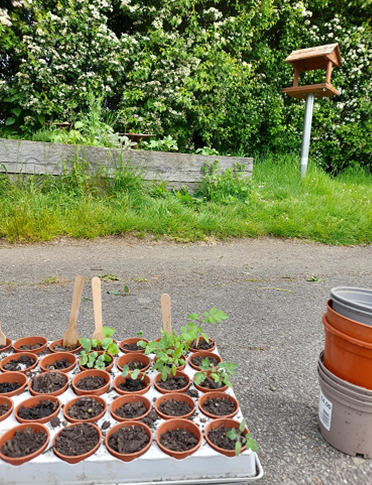It’s June, which means summer is here and our nights are now frost free. Our gardens are now able to come into their own, flourishing and providing us with an abundance of new life. The height of the growing season is upon us and we have lots of jobs to be doing in the garden, such as planting, harvesting, watering, and weeding.
While some of our plants are hardy and were able to start growing outdoors earlier in the year, many prefer the milder conditions and can now thrive in our hotter weather. This hotter weather does mean that there is a higher risk of water loss and to combat this we can mulch any bare soil with a layer of organic matter. We may also experience more weeds and pests in these conditions and so these are things we will have to control over the summer months.
Planting (outside):
- Some of the plants that we sowed into pots indoors can now be transplanted outside, such as tomatoes, aubergines, cucumbers, and peppers.
- Tomatoes can be grown outdoors in grow bags or directly into the soil now.
- Marrow, courgettes, pumpkins, and squashes can be planted.
- Plant out celeriac, winter brassicas (such as cauliflower, cabbage, and brussels sprouts). These plants are vulnerable to pests so we may intercrop with salad leaves such as lettuce and spinach as these minimise moisture loss, in turn slowing pests and suppressing weeds.
Sowing (outside):
- We can directly sow marrow, courgettes, pumpkins, and squash into our beds.
- We can sow vegetables such as turnips for autumn cropping.
- Other vegetables, such as beetroot, swede, carrots, and turnips can also be sown for winter cropping.
- We can continue to sow salad leaves and vegetables, such as lettuce, spinach, and radish to provide a continual harvest.
Harvesting:
- Fruits such as strawberries and gooseberries are starting to mature and can be harvested.
- Harvest early peas, broad beans, and radishes.
- Harvest lettuce and spinach.
- We can also harvest root vegetables such as potatoes, beetroot. Carrots, and turnips.
Other jobs:
- Our bean and pea plants should be established now, and we can continue to care for them and train them to climb up our wigwam structures.
- Continue potting on seedlings and young plants.
- Weeding and watering!
- Mulch fruit bushes to prevent water loss and suppress weeds.
- Protect our plants from pests, using netting, bird scarers, egg shells, and other methods
Here are some pictures of our plants from gardening club growing:








